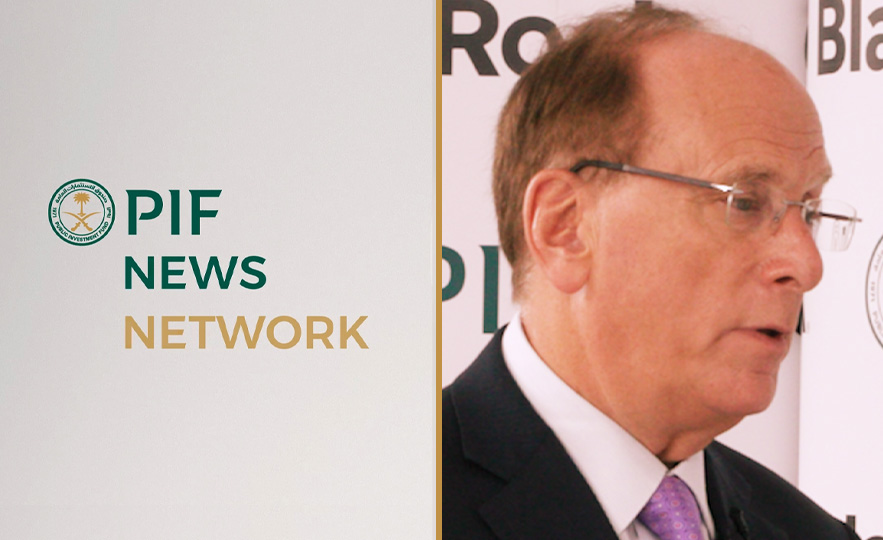- PIF-owned King Abdullah Financial District combines advanced office infrastructure and community experiences
- “Sustainability is part of KAFD’s DNA,” says Chief Executive Gautam Sashittal
- City-within-a-city supports Saudi Vision 2030 and Riyadh’s goal to be among world’s top 10 city economies
To draw the best talent, financial districts need to offer attractive working and living environments – centers that are more vibrant, inclusive and sustainable. It’s why we’ve seen a rise in smart cities where people can live, work and play within a short distance – what many urbanists refer to as 15-minute neighborhoods.
Aiming to set a new standard in smart cities, the PIF-owned King Abdullah Financial District (KAFD), located in the heart of Riyadh, is fast evolving as a business and lifestyle destination that offers advanced office infrastructure combined with community experiences.
Gautam Sashittal, CEO of KAFD Development & Management Company, lives and works in the vibrant city-within-a-city. He argues that the neighborhood is already surpassing the 15-minute model. “We call it the 10-minute city. Everything that I need is within 10 minutes of me,” he told PIF Global Insights.
Given that KAFD will cover some 3.2 million square meters, it’s perhaps not surprising that the district has big ambitions. Once complete, it will boast more than 3,000 residential units, 1 million square meters of Grade-A offices, 220,000 square meters of retail and F&B space, and 110,000 square meters devoted to entertainment.
Sashittal sees huge benefits from PIF’s ownership of the project. “It gives us advantages in terms of borrowing best practice from peers, and provides opportunities to work with various peer subsidiaries,” he said.
More than 25 of the globe’s top architect and design firms – including Foster + Partners, Henning Larsen Architects, and Gensler – have worked on KAFD, the world’s largest LEED platinum-certified ND Stage 2 mixed-use business district. Energy-efficient building initiatives include district cooling plants that help reduce energy consumption, the use of LEDs instead of conventional street lighting, and installation of renewable energy sources, such as solar panels, in several of its towers.
“Sustainability is part of KAFD’s DNA,” Sashittal said. Indeed, the masterplan took the local natural landscape as inspiration, and includes the Wadi, a shaded pedestrian walkway that sits 5.5 meters below street level to provide a naturally cooler airflow that serves as KAFD’s urban lungs. “The Wadi was designed so the air flows through it – it’s naturally sustainable as an environment, and the temperature is, on average, 8-10 degrees lower than the temperature in central Riyadh.”
KAFD is also equipped with a site-wide automated system for waste collection that uses an underground pipeline to collect and segregate recyclable waste, while recycled water is used for greenification. Additionally, most of KAFD’s internal access roads are paved with concrete that has a high solar reflective index (SRI) value – reducing the “heat island effect” and supporting cooler temperatures throughout the development.
Aligned with the core values of Vision 2030, Saudi Arabia’s economic transformation strategy, KAFD was built to be both environmentally friendly and to encourage a better quality of life. It also supports Riyadh’s goal to drive economic, industrial and tourism growth in the upcoming years.
“We need to bring in our own unique strengths and our culture," Sashittal said. “We've got to recognize that we are the largest economy in the region and we have ambitions for Riyadh to be among the top 10 city economies in the world by 2030. We aim to be the center of the world, bridging the East and West."





